




As a purpose-led company, we know we have a pivotal role to play in addressing the climate emergency. We consider this not only good business, but our duty to channel our technology-enabled expertise and capabilities toward benefitting people and the planet.
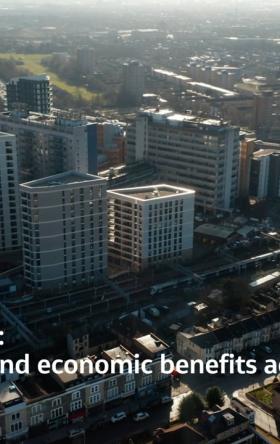


We work in partnership, delivering some of the most challenging, diverse and innovative projects and programs globally across multiple sectors. We integrate complex interfaces across planning, procurement and delivery to help unlock better social, environmental and economic outcomes from mega and giga projects.


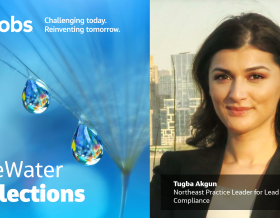
For more than 30 years, Jacobs has been responsible for planning and implementing Lead and Copper Rule-related strategies which protect millions of people in the U.S. and Canada. Our work includes enhanced water quality monitoring strategies, sampling plan development, harvested pipe-scale analysis, lead service line inventories and replacement plans, corrosion control studies and the incorporation of equity and environmental justice considerations into compliance programs.



As our clients navigate the digital transformation and growing cyber risks, we have positioned ourselves at the forefront of this growth, adding digital capabilities, products and tools to serve a growing set of customers.


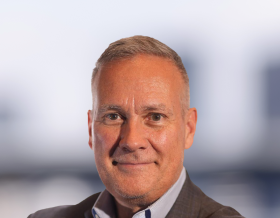
Sit down with our visionary team of thinkers, dreamers and doers to see what a day in the life is like.



A curated selection of some of the top-listened to and trending podcast episodes from our popular If/When podcast series, which has over 7M downloads to date.


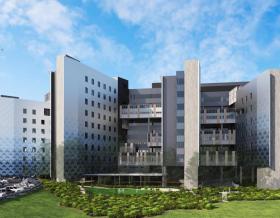
Together with our visionary partner, PA Consulting, we're establishing our position in high end advisory services, creating a springboard to expand in high value offerings beyond the core.


At Jacobs, we're challenging today to reinvent tomorrow by solving the world's most critical problems for thriving cities, resilient environments, mission-critical outcomes, operational advancement, scientific discovery and cutting-edge manufacturing, turning abstract ideas into realities that transform the world for good. With approximately $16 billion in annual revenue and a talent force of more than 60,000, Jacobs provides a full spectrum of professional services including consulting, technical, scientific and project delivery for the government and private sector.

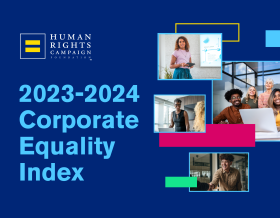

Jacobs. A world where you can.
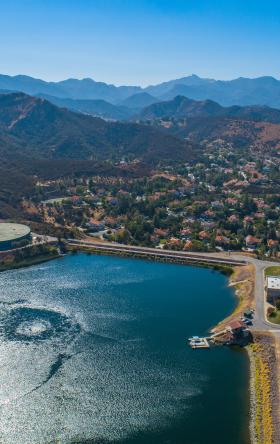

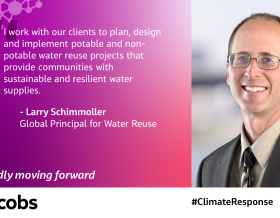
As climate change threatens water security around the world, more communities are turning to water reuse as a resilient water supply solution and embracing the OneWater principle that all water has value. Jacobs has been supporting clients with water reuse programs for decades, beginning with the first applications of advanced wastewater treatment technologies in the 1960s. We provide our clients with a full range of services, from water reuse feasibility studies to design, construction and operations.
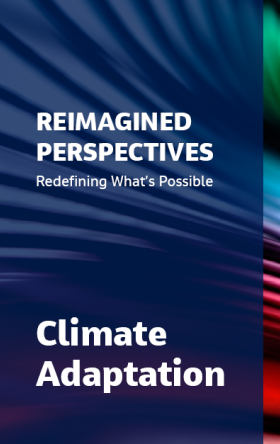
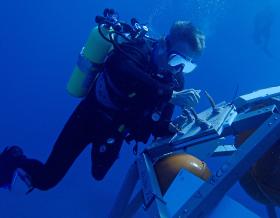

The only certainty about the future is uncertainty. Resilience is an attribute of a smarter planet, and requires planning and adapting ahead of potential threats. We help our clients survive, recover, adapt and thrive.



Jacobs is working to help clients across the United States secure federal funding for projects that make our cities and communities more connected and sustainable. Working hand-in-hand with clients from coast to coast and everywhere in between, Jacobs develops bold, innovative solutions to address the nation’s toughest challenges.
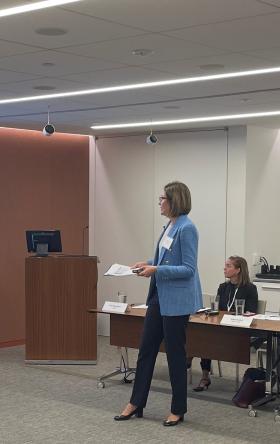

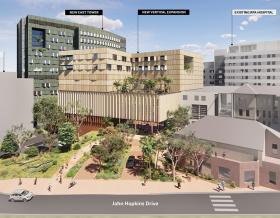
Now more than ever, we appreciate the hard work, sacrifice and dedication of the medical profession in ensuring the health and safety of our communities.


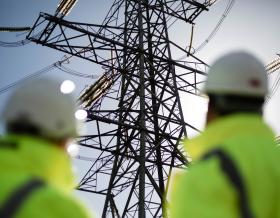
Together, we are stronger. Together, we can transform the future.

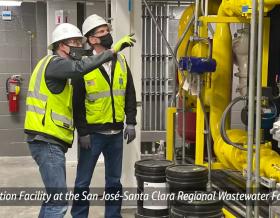
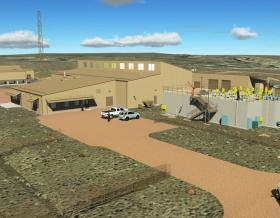
We’ve provided design-build services to the water sector for over 25 years and delivered more than 150 projects. We offer fully integrated design-build and design-build-operate capabilities to tackle the most complex water challenges and work in close collaboration with our clients.
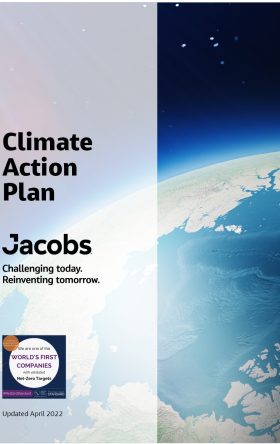


Stories that capture our partnerships and innovative impact for a more connected, sustainable world



We live in an era of the Internet of Things, cloud computing, virtual universes and AI-powered chatbots – all made possible through data centers. It’s estimated that by 2025, every person will have at least one interaction with a data center every 18 seconds.[i] As applications for data and demand for bandwidth continue to grow, so does the demand for data center services. With this comes a huge expansion in physical infrastructure including large buildings with significant mechanical, electrical and piping (MEP) equipment, and in energy consumption.
According to the International Energy Agency, data centers consume approximately 220-320 terawatt-hours of electricity, accounting for about 0.9 – 1.3% of global electricity demand. Data centers and data transmission networks also account for nearly 1% of energy-related greenhouse gas emissions worldwide.[ii] As the impacts of global warming become increasingly evident, many organizations are focusing on reducing data centers’ energy consumption and moving toward a more sustainable future.
The sustainability movement for data centers is gaining momentum, largely driven by organizations' environmental, social and governance (ESG) commitments. Technology giants are turning their ESG goals into tangible actions and progress throughout their value chain. Their efforts, such as transitioning to carbon-negative operations and 100% renewable energy, set an important precedent for others to help shape a greener future for the data center industry.
Insights: Driving Sustainability in Data Centers
|
Energy consumption Data centers are major energy consumers – everything from the servers, storage equipment and cooling infrastructures requires a significant amount of electricity. Power Usage Effectiveness (PUE) measures how efficiently data centers use energy for primary IT equipment power. Incorporating thoughtful design choices to improve PUE and choosing renewable energy sources are essential components of a sustainable data center.
|
Emissions In addition to energy-related greenhouse gas emissions, data centers also contribute to air pollution by using backup diesel generators and refrigerants in cooling systems. Prioritizing low-carbon energy sources and exploring alternatives to diesel generators and ozone-damaging refrigerants that also have a high global warming potential are important to reduce emissions.
|
|
Resource use Resources such as water, metals and land are used in the construction and operation of data centers. It is important to incorporate these resources thoughtfully to positively influence and limit their impact on local ecosystems and communities.
|
Waste generation Waste generated at data centers, predominantly used electrical and electronic equipment, can be repurposed or recycled effectively. The concept of a circular economy is gaining much traction and selling outdated equipment to secondary markets is often cost-effective. Due to large volume and demand, data center owners can also exert pressure on suppliers of servers and computers, building materials such as steel and concrete, and mechanical and electrical equipment in their supply chain to influence sustainability outcomes. |
Considering these factors and taking proactive steps to minimize their impact is essential to building and operating a sustainable data center.
Identifying areas for improvement, potential solutions and technological advancements that can reduce waste and energy usage, maximize resources and increase efficiencies to drive long-term sustainability gains are important first steps.
However, each organization’s sustainability journey is different. While some may invest in game-changing decarbonization solutions and technologies, others may focus on design optimizations and supply chain decarbonization. The figure below demonstrates some examples of sustainability measures and how they measure against potential benefits and implementation difficulty.
For instance, some organizations are taking bold steps by investing in 24/7 carbon-free energy or green hydrogen fuel cells, which are currently challenging to implement but can yield significant benefits. Conversely, other organizations are focusing on more viable near-term solutions such as virtual power purchase agreements or design optimization measures such as immersion cooling or economizers.
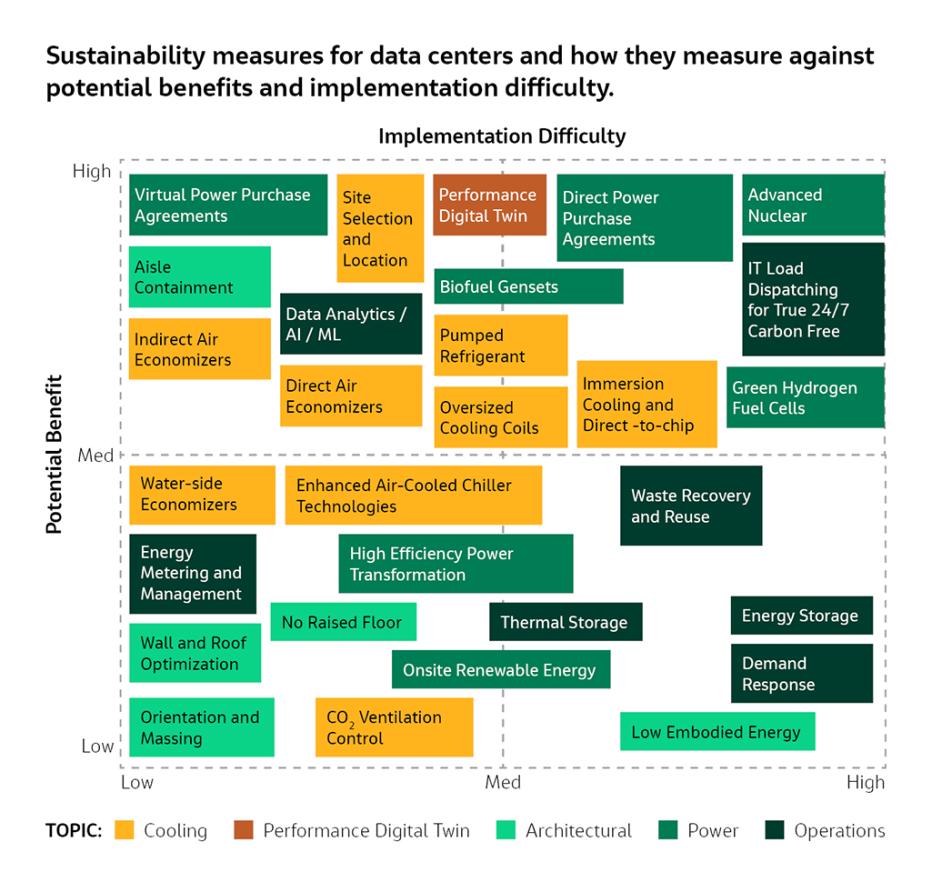
Figure 1: List of sustainability measures for data centers and how they measure against potential benefits and implementation difficulty.
For example, our team has supported and managed many different sustainable approaches referenced above:
Building a sustainable data center starts with site selection, with sustainability as one of the key criteria. Sustainable site selection prioritizes site characteristics and critical considerations such as access to renewables, existing transport, communications and energy infrastructure, resource reliability, environmental justice and equity considerations, air quality, climate risks, and current and projected precipitation and temperature. Geographic Information Systems (GIS) analysts use geospatial technology and data visualization tools to support tech and data center companies during this crucial step. This helps operators better understand a site’s opportunities and challenges and make informed decisions by comparing and analyzing multiple parameters.
Embodied carbon refers to the greenhouse gases emitted in the data center’s building mechanical, electrical and plumbing systems, as well as materials, equipment, transportation and construction processes. To minimize embodied carbon, it is critical to consider low-carbon options during the design phase.
Concrete and steel are the two most significant contributors to embodied carbon in the building envelope. By sourcing green concrete and steel from sustainable sources, sustainable design can maintain structural integrity and reduce embodied carbon emissions by more than 50%.
For instance, in various scenarios modeled below in Figure 2, introducing Supplementary Cementitious Materials (SCM) and recycled material as a low-carbon impact alternative could lead to greater than 50% carbon reduction from concrete. This highlights the potential substantial reduction of embodied carbon as a result of sourcing more sustainable materials and is a significant step towards a more environmentally friendly approach to data center construction.
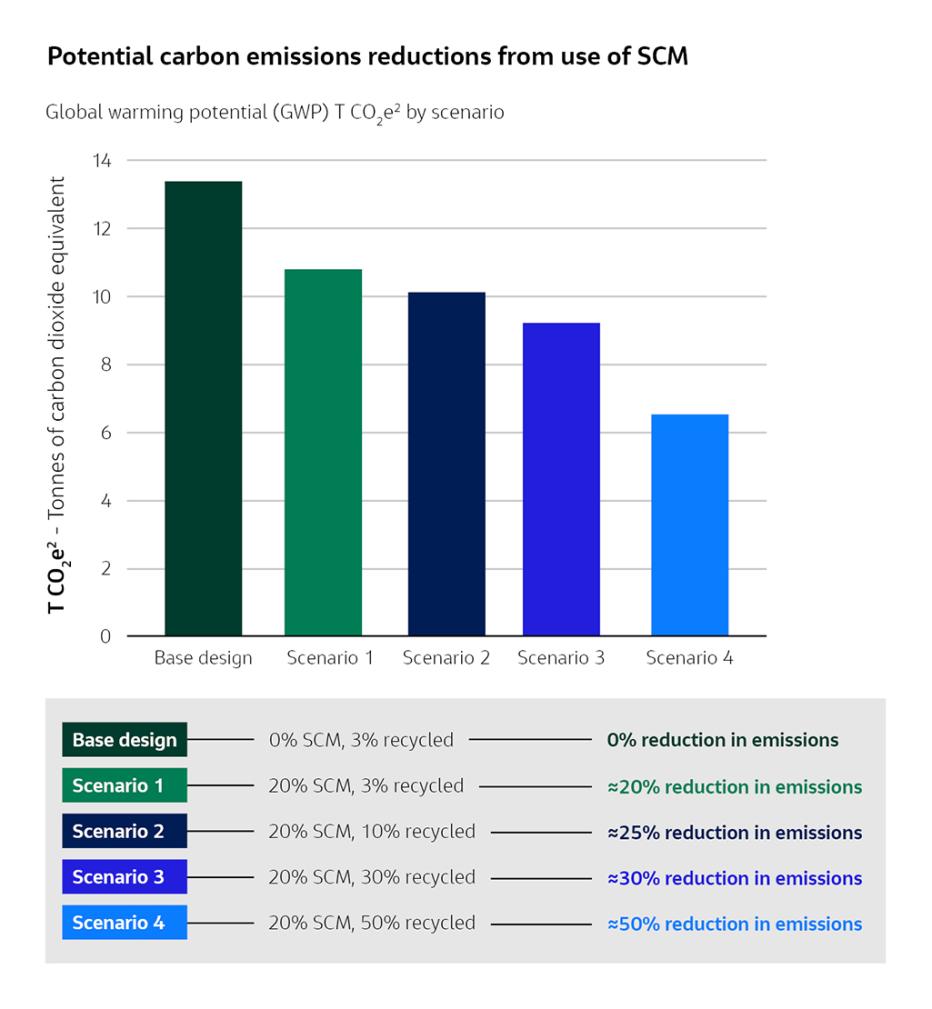
Figure 2: Potential carbon emissions reductions from use of SCM
Data centers can be large consumers of water which is primarily needed for cooling systems. The amount of water a data center uses varies depending on its size, location and technology. A typical one-megawatt data center using traditional cooling methods consumes about 6.75 million gallons of water annually.[iii] With increasing demand for data storage and processing power, the data center industry is growing at an unprecedented rate – making it an ideal platform for promoting water conservation and sustainability.
Data centers can improve their water usage effectiveness (WUE) by using advanced air-cooling technologies. Recycling cooling tower blowdown, re-using treated water within the facility using treated water from the municipality or sea water cooling methods (the process of pumping sea water through cooling modules) can all help reduce the amount of potable water a data center uses. Adiabatic cooling is another alternative. It employs outdoor air with a temperature of under 29.4 degrees Celsius, rather than water, to cool the equipment. Another technology, free air cooling, uses a sensor to detect when outdoor air meets the necessary temperature and humidity requirements to be used without conditioning, and then switches off the evaporative cooling system (which uses water.)
In addition, data centers can collaborate with local communities, water management organizations and other stakeholders to implement water conservation programs, promote water-saving technologies and raise awareness about the importance of water stewardship and watershed protection. By engaging in these initiatives, data centers can help to promote a culture of water conservation and demonstrate their leadership in promoting sustainable water management practices. By demonstrating their commitment to water stewardship, data centers may also inspire other organizations to follow suit and take similar actions to conserve water or go further to replenish or improve the watershed.
Building a data center can create significant social value for local communities. By considering the social impact and opportunities of the project, organizations can help improve the overall quality of life for local communities, foster positive relationships with project stakeholders and contribute to the long-term prosperity of the local economy.
Some examples are demonstrated below:
By prioritizing social value creation in the planning and construction of data centers, organizations can create positive, lasting impacts on the surrounding community, enhance their reputation and build strong relationships with local communities and organizations.
Data centers have the potential to significantly impact ESG goals by extending their focus beyond their own operations to achieve sustainability across their supply chains. Partnering with suppliers with established environmental standards to reduce Scope 3 emissions can help achieve sustainability goals across the value chain. To achieve this, data centers must work with partners to prioritize their decarbonization and sustainability plans.
An innovative concept worth exploring is the co-location of data centers with wastewater treatment plants and hydrogen electrolyzers.
This approach involves creating green hydrogen from renewable energy sources to split water (H20) into hydrogen and oxygen. The hydrogen from the electrolyzer can be used in a fuel cell to power the data center, while the pure oxygen produced in the process can be utilized by the wastewater treatment plant for aerobic treatment. Additionally, the waste heat recovery from the data center’s cooling tower can provide heating and cooling for surrounding communities, thus creating a circular economy. This innovative concept has the potential to be a game-changer for the energy-water nexus of data centers, offering an exciting possibility to simultaneously improve resource efficiency and contribute to a more sustainable future.
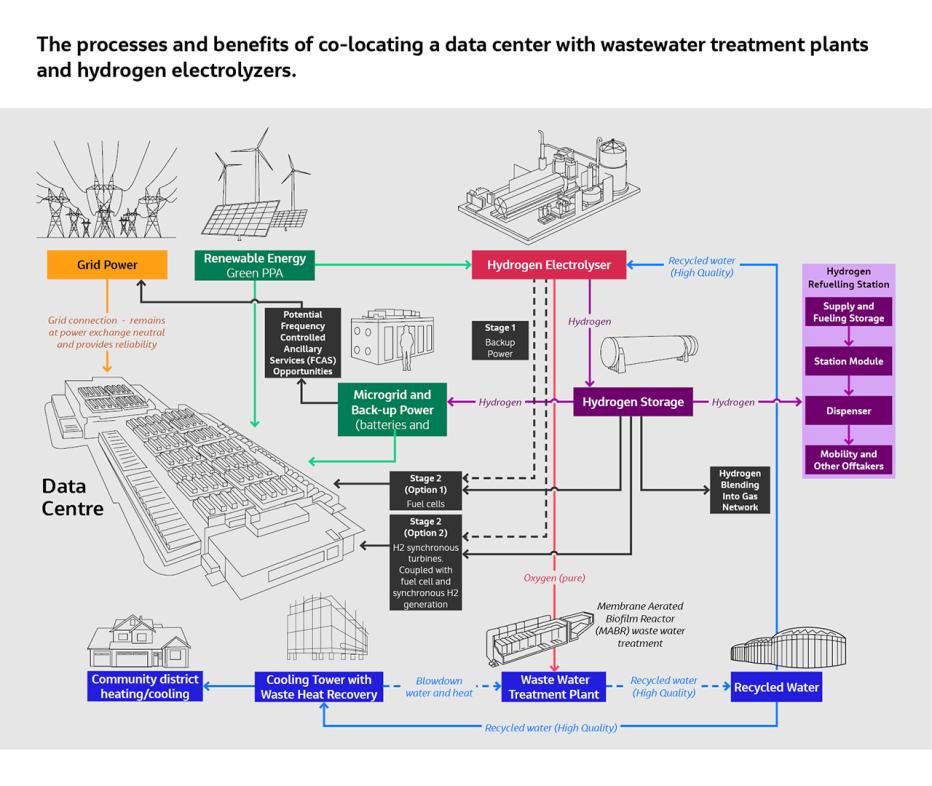
Figure 3: The processes and benefits of co-locating a data center with wastewater treatment plants and hydrogen electrolyzers.
“While the environmental impact of data centers is an increasing concern, there are significant ways to reduce their environmental footprint, such as implementing energy-efficient technologies, using renewable energy sources and adopting eco-friendly practices in building operations and construction.”

Debbie Seibold Egeland
Jacobs Environmental Regional Solutions Director, Asia Pacific
While the environmental impact of data centers is an increasing concern, there are significant ways to reduce their environmental footprint, such as implementing energy-efficient technologies, using renewable energy sources and adopting eco-friendly practices in building construction and operation.
Working with a knowledgeable partner who understands the importance of sustainability in data center design can help organizations meet their objectives and significantly impact the environment in a positive way.
At Jacobs, we understand the importance of operational reliability and speed to market and work closely with our experienced data center design teams to ensure that it is at the forefront of any sustainability or energy efficiency measure. By implementing effective strategies and forming meaningful partnerships, we can protect the environment and create a more sustainable future for data centers.
[2] https://academized.com/blog/data-centres-and-data-transmission-networks
[3] https://journal.uptimeinstitute.com/dont-ignore-water-consumption/

Debbie Egeland brings 20 years of environmental consulting experience to her role as Jacobs’ APAC Environmental Regional Solutions Director. She is responsible for bringing a team of technical experts from around the world to solve some of the most complex environmental challenges in the region. Before moving to Singapore in 2019, Debbie worked in Seattle, Washington, Oakland, California, and Philadelphia, Pennsylvania, U.S.. Her current projects include embodied carbon, green hydrogen, Scope 3, ESG due diligence, energy efficiency, hydrogen and climate risk.
Debbie has a Bachelor of Science in civil & environmental engineering from Duke University, and a master’s in civil and environmental engineering from Stanford University. She is a licensed Professional Engineer in the state of California.